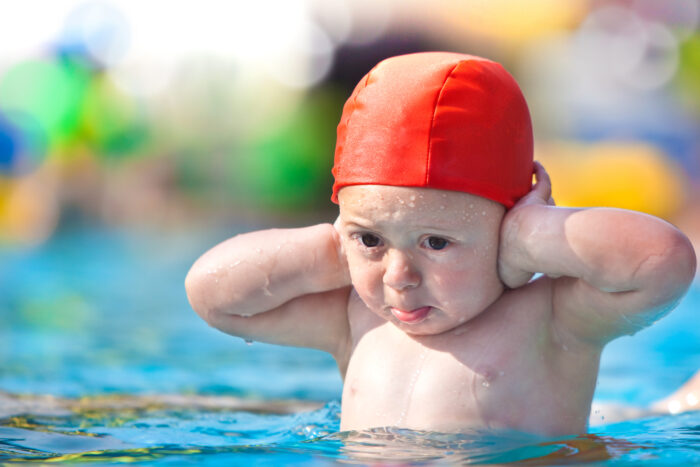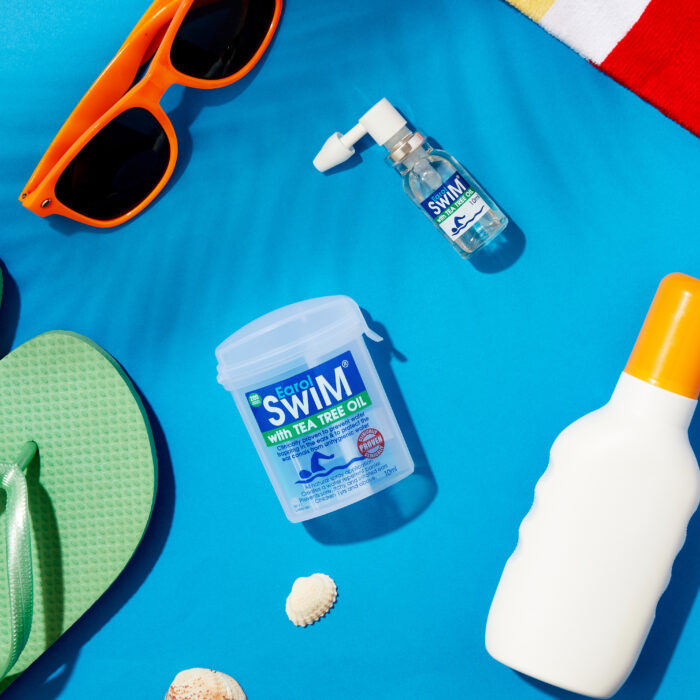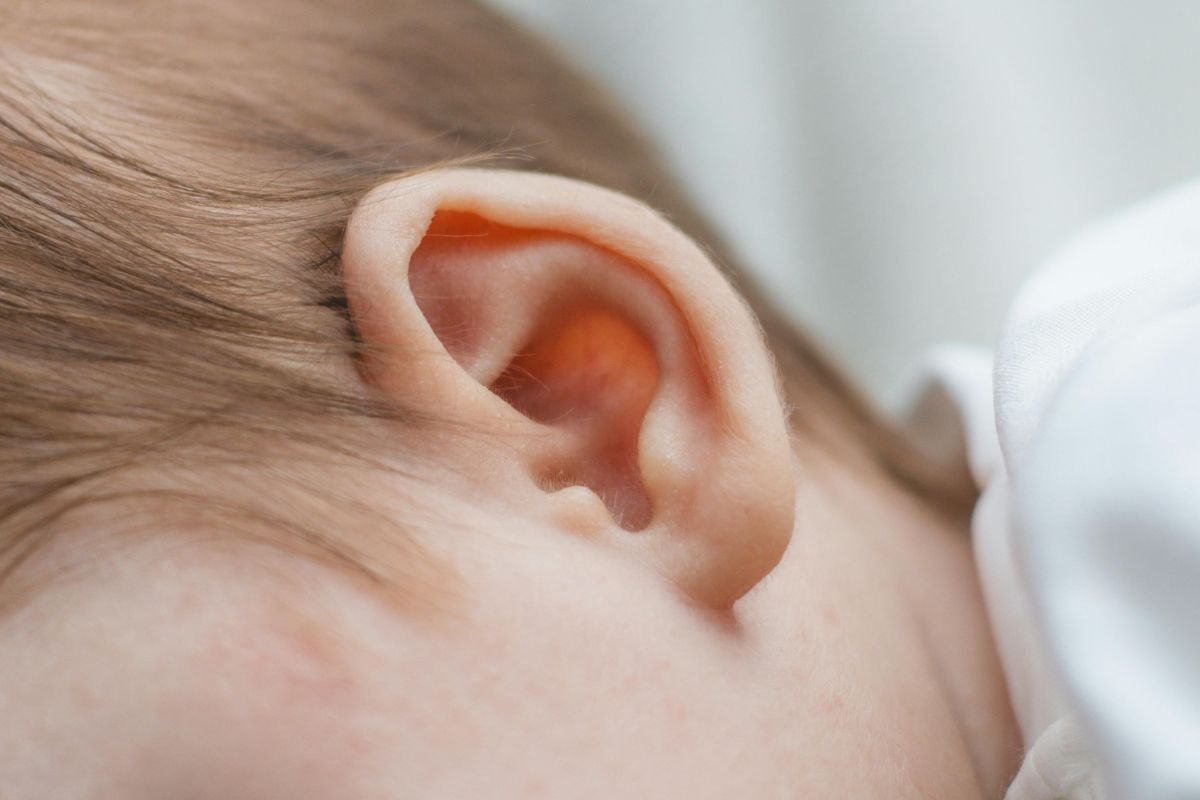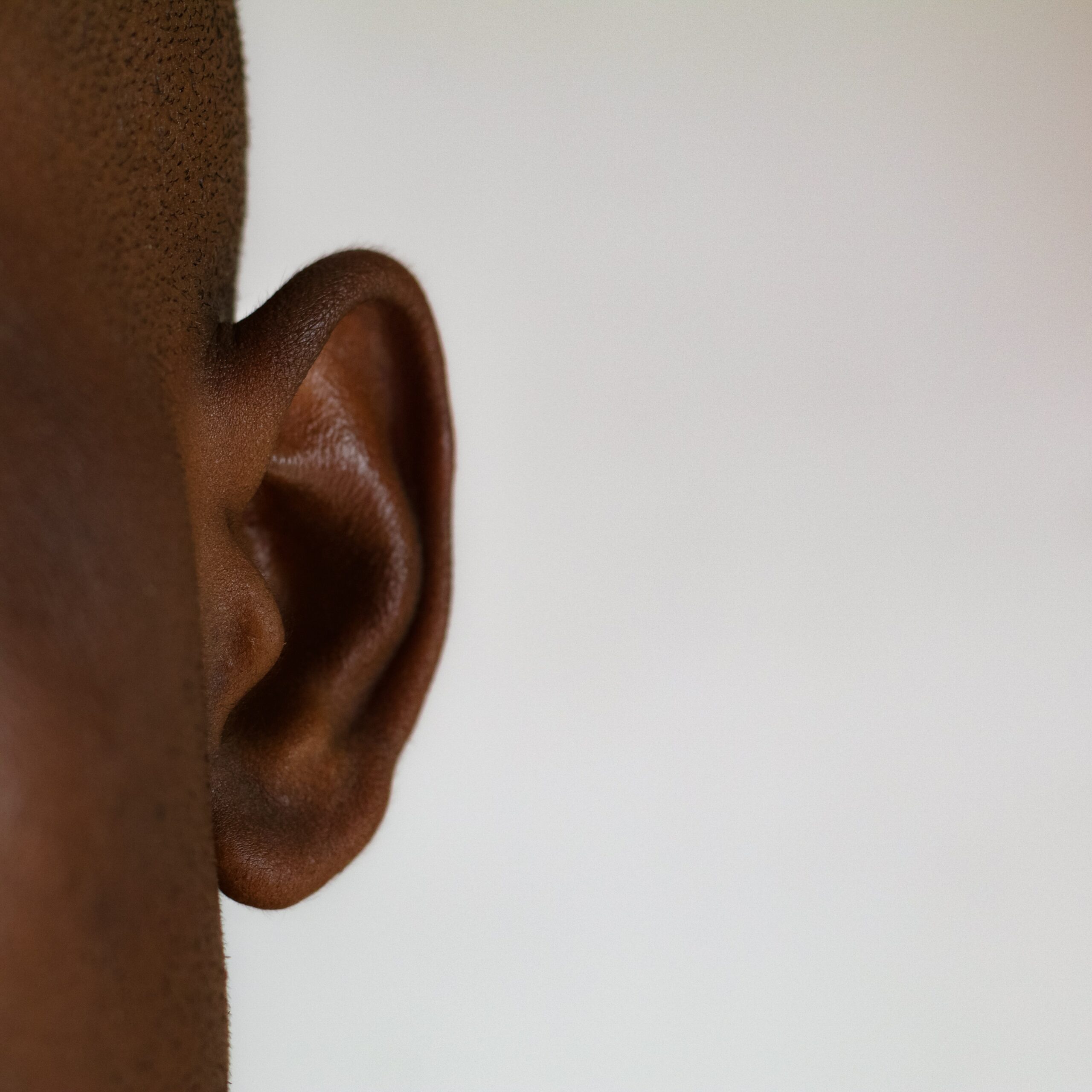How to Prevent Water-Trapping in Your Ear While Swimming
Nothing can put you off swimming like an irritated ear. When you have water stuck in your ears, it can feel like the world is muffled. Often this lasts a short while and doesn’t bother people, but sometimes the water remains trapped. If the water doesn’t come out of the ear completely, remaining inside for days, you may feel pain, irritation, inflammation and hearing loss. In this article, we will discuss how water might get stuck in your ears and the problems trapped moisture can cause. We also cover some ways you can try to remove the trapped water and how to prevent water trapping, so you can still enjoy swimming in the future.
How Does Water Get Stuck in Your Ear?
When water gets trapped in the ear, it can feel like tilting your head should be enough to let it flow out. Unfortunately, the ear canal has a few features that make it more complicated to release water from the ear.
The simple answer is that it is to do with pressure, wax and the shape of the ear canal. Because the ear canal is narrow, and coated with oily wax, the water can be held in the ear even against gravity, as air can’t get through to release the water pressure.1
Structure of the Ear.
The ear has three different sections: the outer ear, middle ear and inner ear. All three are involved in hearing but only the inner ear is responsible for balance.
- Outer Ear: the visible part of the ear and the ear canal (as far as the eardrum). The outer ear directs sound waves into the ear.
- Middle Ear: the eardrum and several small auditory bones that carry sound waves as vibrations to the inner ear. The middle ear also equalises air pressure via the Eustachian tube which connects the middle ear to the nose and throat.
- Inner Ear (or cochlea): detects the vibrations and converts them to electrical signals to send along the auditory nerve to the brain.

During swimming or showering, water floods the outer ear. It works its way through the whole outer ear as far as the eardrum but does not enter the middle ear.3 There are two main reasons water gets trapped in the outer ear.
The ear canal is coated with earwax or cerumen2, which prevents the sensitive skin of the ear canal from absorbing too much water1. This wax helps to capture water in the ear canal by stopping droplets from moving over the surface of the skin.1 While this stops the water flowing through this delicate skin, it can also stop it from flowing back out of the ear canal.
Secondly, because the ear canal is relatively narrow, the surface tension of the water can keep it trapped, just like when you place your finger over the top of a straw filled with liquid, the liquid does not flow out. The water can not move aside for air to flow around it, and so can be held in for some time by the air. Even when the head is tilted, it can take a long time for air (a low-density fluid) to pass through the water (a high-density fluid) and allow the water to flow out of the ear.1
Water Stuck in Ear for Days: How it Can Cause Harm?
While water often leaves the ear after a few moments, it can easily become trapped in the ear for days. This can lead to serious problems such as
- Inflammation.
- Pain
- Irritation
- Outer Ear Infection or otitis externa3
A moist ear is the perfect environment for bacterial growth, particularly if the water was unhygienic or polluted.3 Water, salt or chlorine can degrade the protective film of the outer ear, allowing bacteria to grow.4 If the affected ear appears red or inflamed, it is strongly recommended to make an appointment with your GP.3

How To Get Water Out Of Your Ear.
If water gets trapped in your ear, there are some techniques you can follow to remove it before symptoms worsen. According to Dr. Alana Biggers, a healthcare advisor at Healthline, the following at-home methods can help to release the water before it causes an infection.5
Pull the earlobe
This moves the outer ear, which may slightly change the shape of the ear canal, decreasing the pressure and allowing the water to escape. Tilt your head downward towards your shoulder and gently tug or wiggle your earlobe to shake the water out.5
Lie on your side
With your head on a towel, lie on your side for a few minutes. The water may slowly drain out of the ear canal.5
Hold your nose and blow
By gently filling your nose with air, you increase the pressure in the eustachian tubes, which link to the middle ear. This causes the eardrum to bulge outwards, which may help push the water further out of the ear.1 Yawning, swallowing and applying a warm compress can also help.5
Create a vacuum
With your head tilted sideways so that the affected ear is down, place your ear onto your cupped palm, creating a seal. Gently flatten your hand and cup it again, so that the middle of the hand moves back and forth. Doing this rapidly will create suction that may pull the water out of the ear canal.5
If these methods do not work to remove water in your ear, consult your doctor.5
Do not attempt to release the water by using cotton swabs, fingers or any other object. These can add bacteria to the area, push water deeper and injure your ear canal or eardrum.5
Researchers in 2023 confirmed that shaking the head is not recommended to remove the water, as the speed required can cause mild injury to the brain.1
How to stop water trapping in your ear canal?
While getting water trapped in your ears is unpleasant at best, it should not stop you from enjoying swimming, diving or watersports, and certainly shouldn’t keep you from showering. Ear infections are serious and require treatment, so it is important to avoid them. You can take steps to stop water from getting trapped in your ear canal so you can still spend time in the water.
- Oil-Based Ear Spray: EarolSwim® is clinically proven to prevent water trapping in the ears. By spraying a metered dose of oil into the ear canal, this spray creates an invisible water-repellent barrier.
- Ear plugs: while these are often recommended to keep water out of your ears, ear plugs can cause other issues, such as ear wax build-up.
- Swimming hat: A swimming hat may help cover your ears and keep them out of the water, but unless specially designed to do so it may not be effective.

How to use EarolSwim® to protect ears while swimming.
Designed for swimmers, EarolSwim® is easy to use and carry with you.
EarolSwim® uses a patented spray nozzle to direct a precise dose of blended natural oils into the ear canal. Pharmaceutical-grade olive oil, tea tree oil and mineral oil are all commonly used in skincare and safe to apply to the ears of anyone aged 12 months or older.
Before you enter the water, lift the upper part of the ear and spray EarolSwim® once into each ear. Move your jaw and massage the tragus (the bump in front of your ear) to help the oil coat the ear canal evenly. Once you’ve done this, your ears are protected for up to 6 hours in the water.6
Prevent Water Trapping and Enjoy Swimming
Having the feeling of water trapped in your ears for days can be uncomfortable, and lead to painful infections requiring antibiotics to treat. Fortunately, you can be confident in swimming with protected ears by applying our oil-based ear spray. The spray comes in a waterproof carry case, so you can simply keep it in your swimming bag or beach bag, and it will even float if dropped in the water.
References
1 Kim, S., Baskota, A., Kang, H., & Jung, S. (2023). Mechanics of removing water from the ear canal: Rayleigh–Taylor instability. Journal of Fluid Mechanics, 963, A12. doi:10.1017/jfm.2023.309
2 Anglia Ear Care Solutions, Anatomy of the Ear, https://www.angliaearcaresolutions.co.uk/anatomy-of-the-ear/ accessed 2023 Jul 24
3 NHS Inform, Causes of otitis externa, Otitis Externa, 2023 Feb 9. https://www.nhsinform.scot/illnesses-and-conditions/ears-nose-and-throat/otitis-externa#causes-of-otitis-externa
4 Water stuck in ear: what to do? Diseases and Symptoms, Amplifon.com, accessed 2023 Jul 20 https://www.amplifon.com/uk/ear-diseases-and-disorders/other-hearing-problems/water-in-ear
5 Hobbs, H., Biggers, A. ed., How to Get Water Out of Your Ear, Healthline, 2023 Jul 5. https://www.healthline.com/health/how-to-get-water-out-of-your-ear
6 HL Healthcare, EarolSwim product information, 2023





